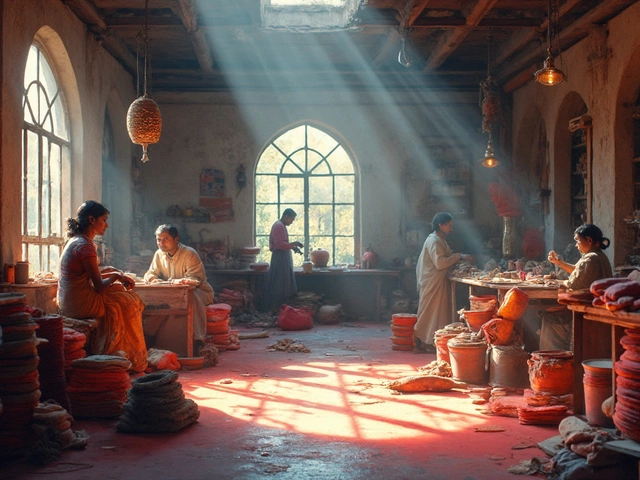Preservation Made Simple for Indian Manufacturers
Running a plant in India means dealing with heat, humidity, and a supply chain that can be unpredictable. If you don’t protect your raw materials, machines, and finished goods, you’ll see costly waste and downtime. Below are real‑world steps you can start using today to keep everything in good shape.
Protect Your Chemicals and Raw Materials
Most manufacturers store chemicals in bulk, and a small leak can ruin a whole batch. First, label every container clearly and keep a master list that’s updated weekly. Second, use sealed, moisture‑proof drums and store them on raised pallets to avoid water damage from floor spills.
Temperature matters too. If a product must stay below 25°C, install a basic thermostat and an audible alarm. Even a cheap digital sensor can alert you before the temperature goes out of range. Finally, rotate stock using a first‑in‑first‑out system. It’s easy to overlook, but it prevents old inventory from expiring and forces you to use the newest material first.
Extend Equipment Life and Reduce Downtime
Machines are the heart of any factory, so a preventive maintenance plan is non‑negotiable. Schedule a quick visual check every shift: look for oil leaks, worn belts, and unusual noises. If something feels off, tag the equipment and notify the maintenance crew right away.
Lubrication is a cheap way to avoid bigger problems. Use the manufacturer’s recommended grease and apply it on a set schedule—once a month for most motors. Keep a logbook (paper or digital) so you can see patterns and plan major overhauls before a breakdown hits.
Dust and debris are silent killers, especially in humid Indian climates. Install air filters on ventilation fans and clean them at least once a quarter. A clean machine runs cooler, uses less energy, and lasts longer.
When you need to replace parts, buy from authorized dealers. Counterfeit components often look identical but fail sooner, costing you more in the long run.
Putting these steps into a checklist you post in the break room helps the whole team stay on track. When everyone knows the ‘what’ and ‘why,’ preservation becomes part of the daily routine, not an extra task.
Preserving assets doesn’t have to be a big investment. Small changes—clear labeling, simple temperature alerts, regular visual checks—add up quickly. Start with one area, measure the savings, then roll it out across the plant. Your bottom line and your peace of mind will thank you.





